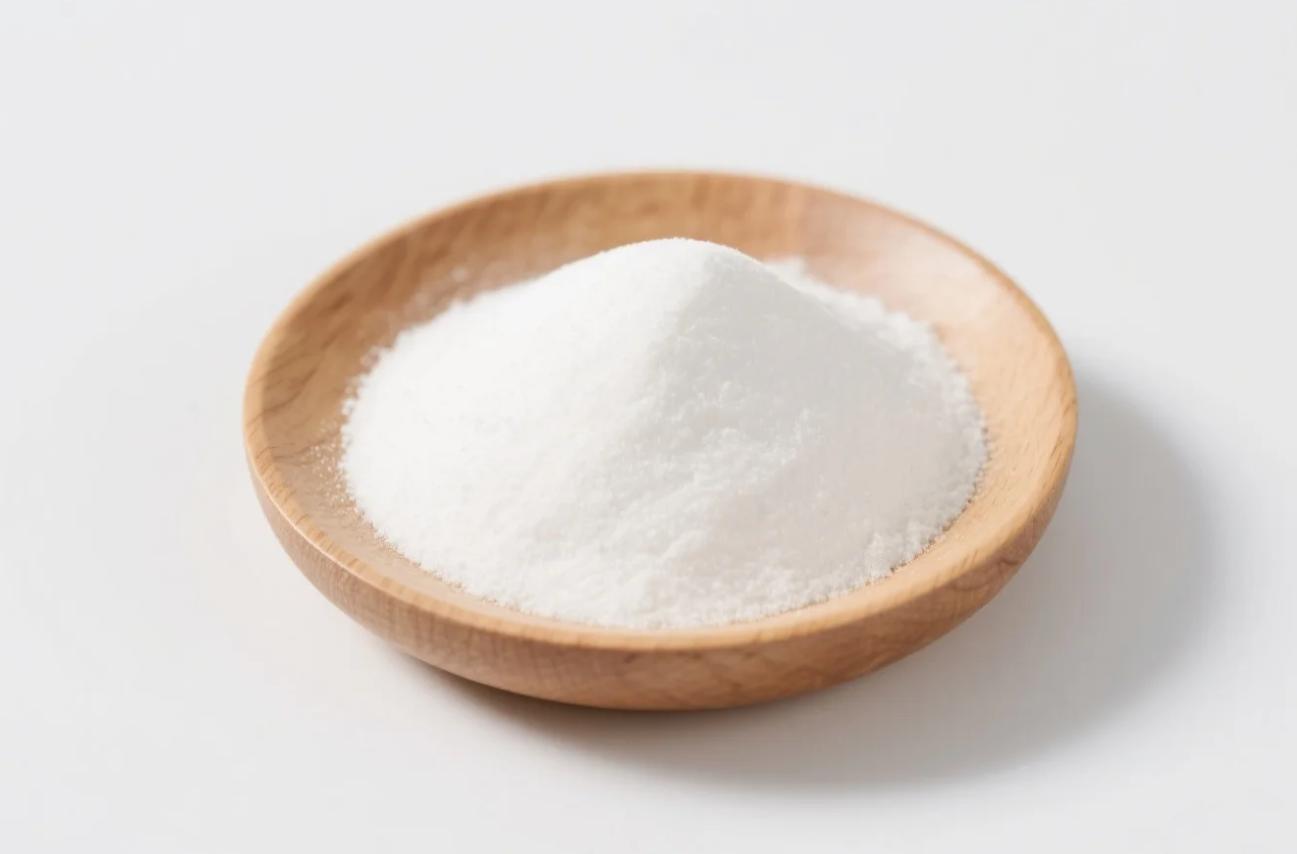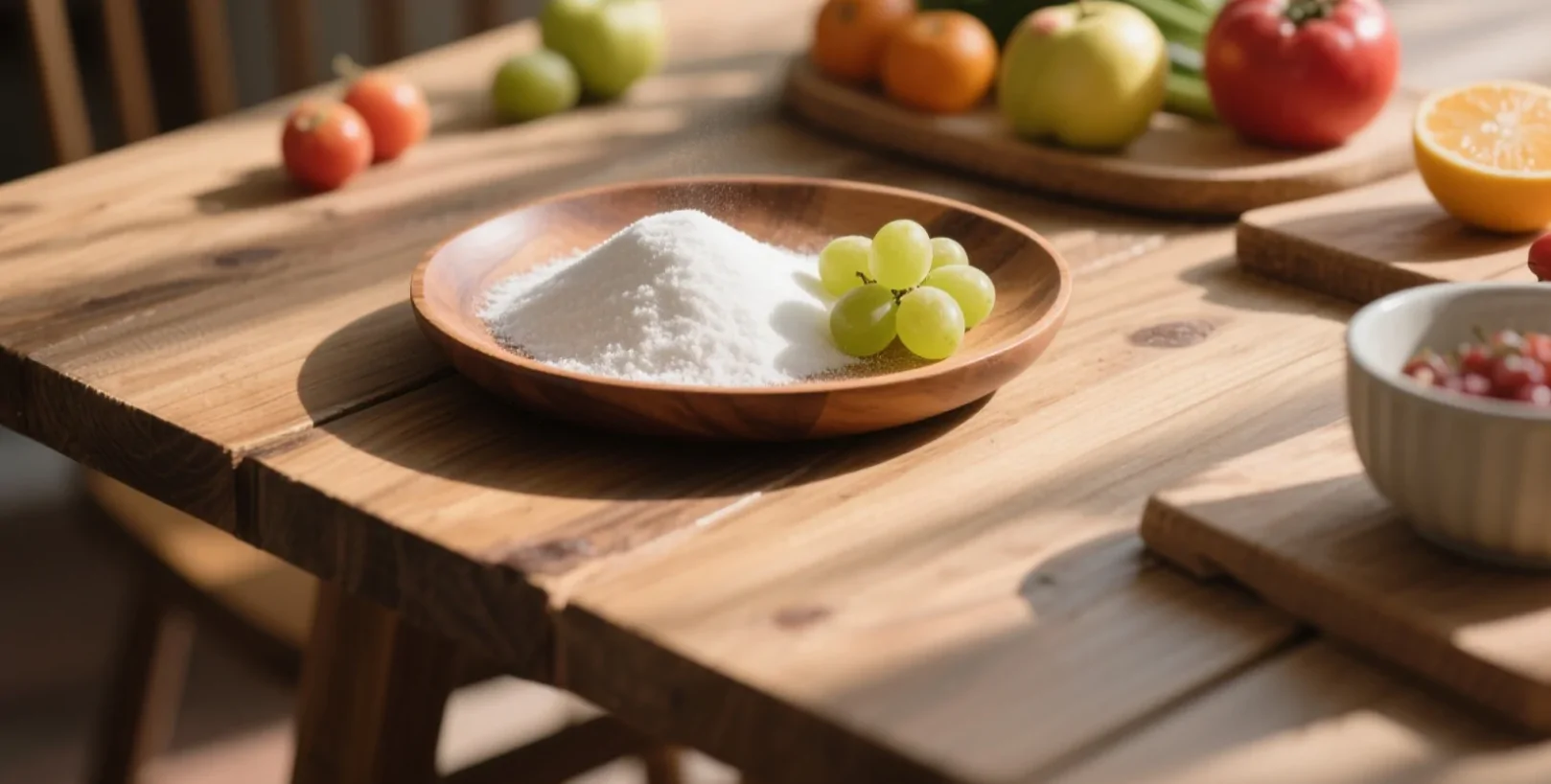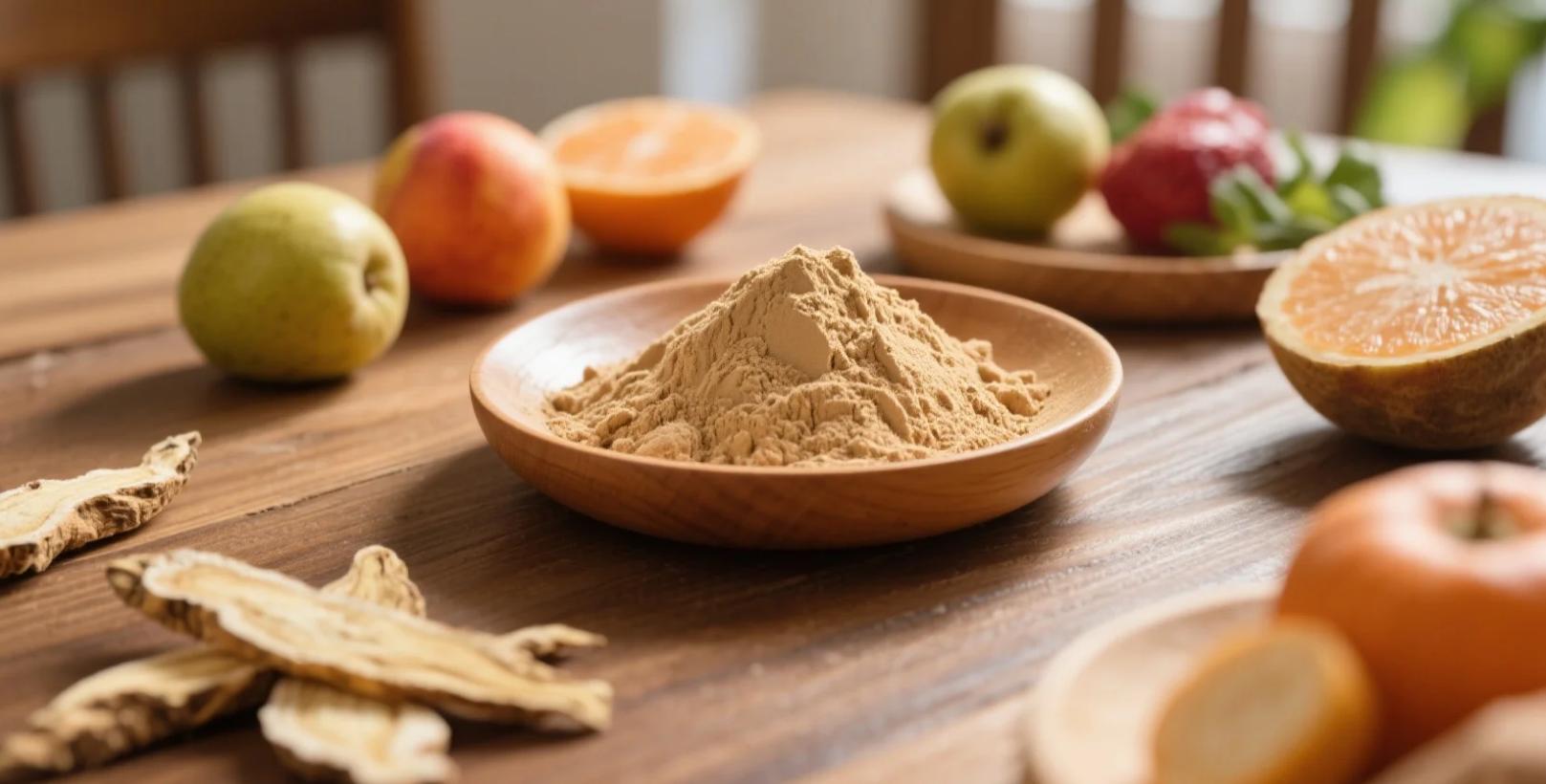Table of Contents
Organic maltodextrin is a type of carbohydrate that is commonly used as a food additive and a thickening agent in the food industry. It is derived from organic starch sources such as corn, wheat, potato, rice, or cassava. Unlike regular maltodextrin, organic maltodextrin is free of chemicals and genetically modified organisms (GMOs).
The Origin of Maltodextrin
Maltodextrin was first produced in the 19th century by French chemist Augustin-Pierre Dubrunfaut, who hydrolyzed starch into glucose and maltose. However, it was not until the 1950s that maltodextrin became commercially available as a food ingredient. Maltodextrin is produced by partial hydrolysis of starch, which breaks down the long chains of glucose molecules into shorter chains of varying lengths. The degree of hydrolysis determines the dextrose equivalent (DE) of maltodextrin, which is a measure of its sweetness and solubility. The higher the DE, the shorter the glucose chains, the sweeter the maltodextrin, and the more soluble it is in water.
Maltodextrin is mainly derived from corn starch, which is one of the most abundant and cheap sources of starch in the world. However, corn starch is often genetically modified to increase its yield and resistance to pests and diseases. This raises concerns among some consumers who are wary of the potential health and environmental risks of GMOs.
The Rise of Organic Maltodextrin
To address the demand for natural and organic food ingredients, manufacturers began developing organic maltodextrin in the late 20th century. Organic maltodextrin is made from organic starch sources that are grown without the use of synthetic pesticides, fertilizers, or GMOs. Organic maltodextrin has the same properties and functions as regular maltodextrin, but it is considered safer and more environmentally friendly.
Organic maltodextrin is widely used in the food industry as a natural alternative to regular maltodextrin. It is used to improve the texture, mouthfeel, and shelf life of food and beverage products, such as potato chips, peanut butter, energy bars, sports drinks, and dietary supplements. It is also used as a substitute for lactose in dairy products, as it has a similar sweetness and solubility.
The Future of Organic Maltodextrin
The future of organic maltodextrin is likely to be shaped by the continued growth of the organic food industry and the need for more sustainable and environmentally friendly methods of production. The global organic food market is expected to reach $272 billion by 2027, growing at a compound annual growth rate (CAGR) of 12.2% from 2020 to 2027. This is driven by the increasing consumer awareness and preference for organic food products, as well as the rising disposable income and urbanization in developing countries.
However, there are also challenges and limitations facing the organic maltodextrin industry. One of the main challenges is the availability and cost of organic starch sources, which are often more expensive and less abundant than conventional starch sources. Another challenge is the impact of large-scale organic farming on the environment and the sustainability of organic agriculture. There is a need for more efficient and eco-friendly methods of producing organic maltodextrin, as well as more rigorous standards and regulations to ensure its quality and safety.
To address these challenges, there is ongoing research and innovation into alternative sources and methods of producing organic maltodextrin. For example, some researchers are exploring the use of sweet potato and tapioca starch as potential sources of organic maltodextrin, as they have higher yields and lower environmental impacts than corn starch. Other researchers are developing novel enzymatic and microbial processes to produce organic maltodextrin with higher DE and lower energy consumption.
These alternative sources and methods may provide new opportunities and advantages for the organic maltodextrin industry in the future. They may also offer more diversity and variety for the consumers who are looking for natural and organic food ingredients.
Conclusion
Organic maltodextrin is a natural food additive that has a long history and a promising future. It is derived from organic starch sources and is free of chemicals and GMOs. It is widely used in the food industry as a thickening agent and a substitute for lactose. It is expected to grow in demand and popularity as the organic food industry expands and evolves. However, there are also challenges and limitations facing the organic maltodextrin industry, such as the availability and cost of organic starch sources, the environmental impact of organic farming, and the quality and safety of organic maltodextrin. To overcome these challenges, there is ongoing research and innovation into alternative sources and methods of producing organic maltodextrin, which may provide new opportunities and advantages for the industry and the consumers in the future.
Recommended Product
Organic Maltodextrin Powder
Organic maltodextrin with DE 8–20 range, neutral taste, high solubility, and multiple functional uses.


